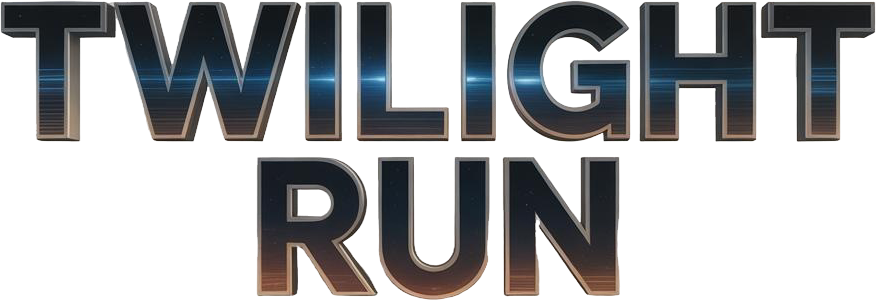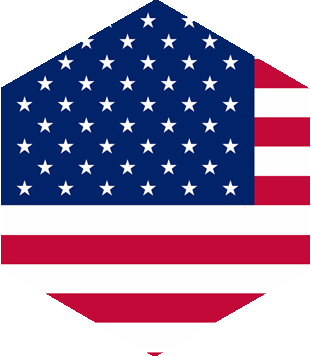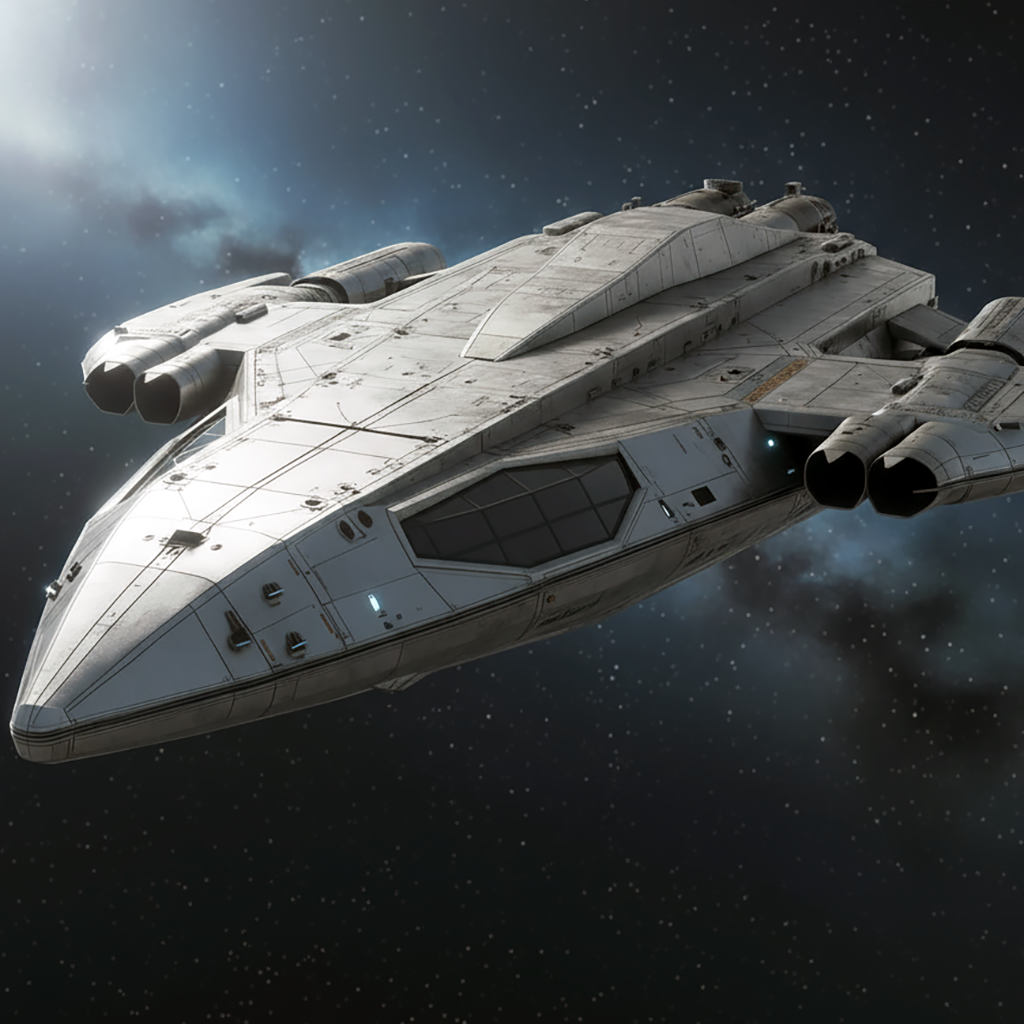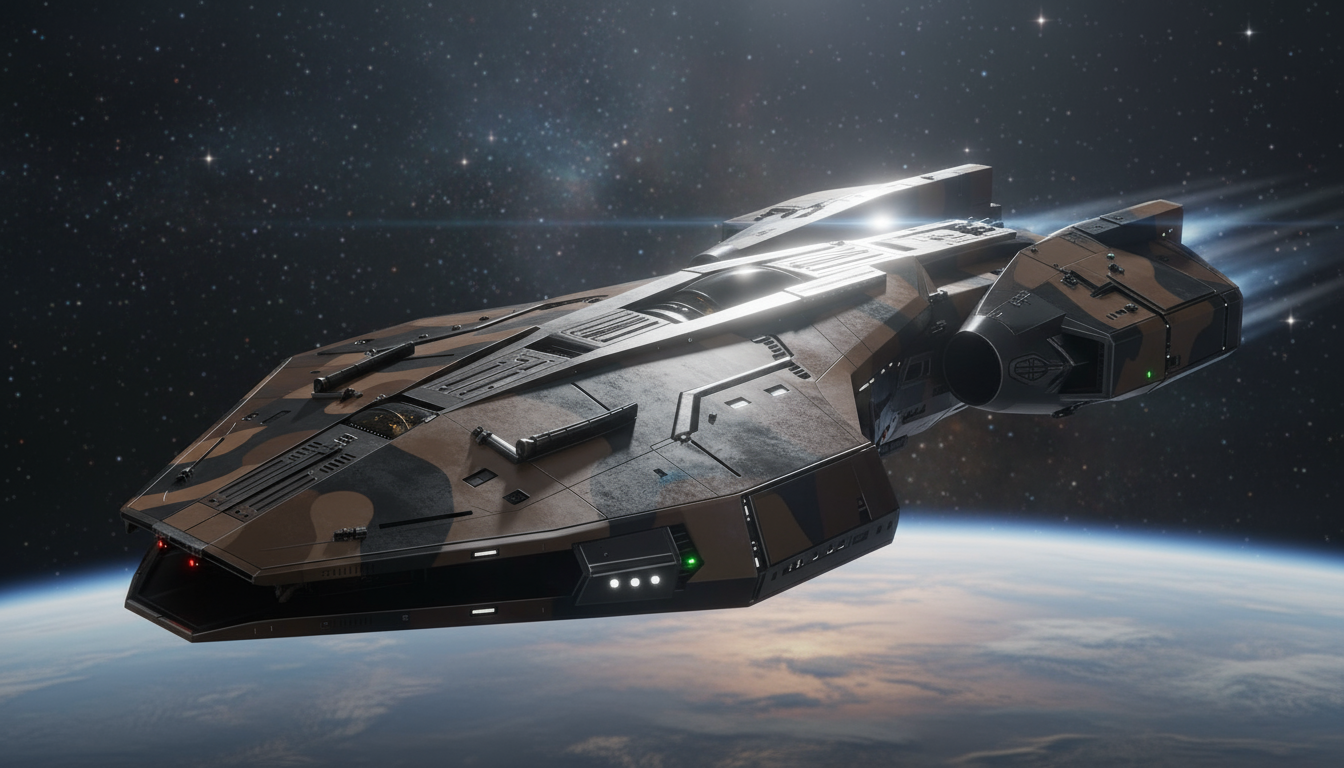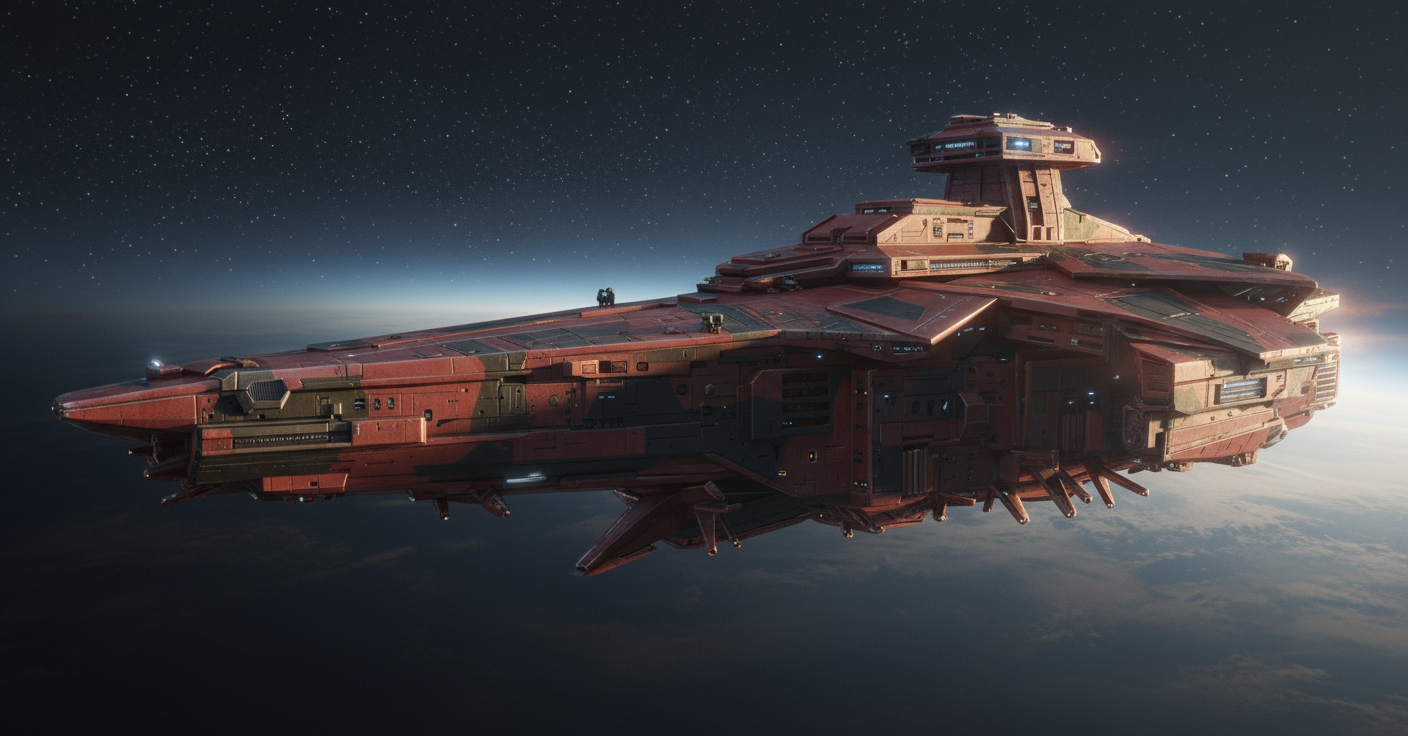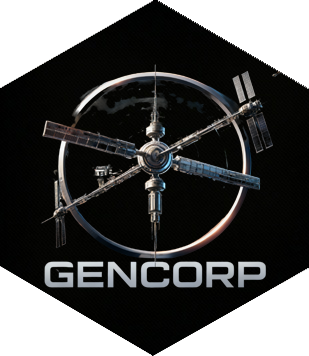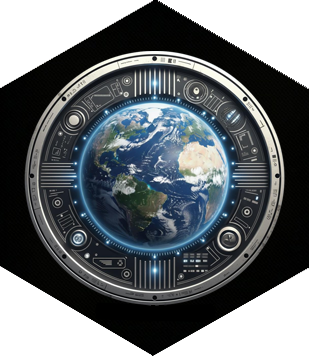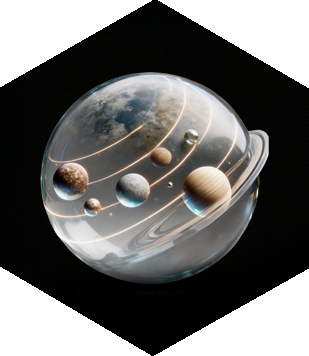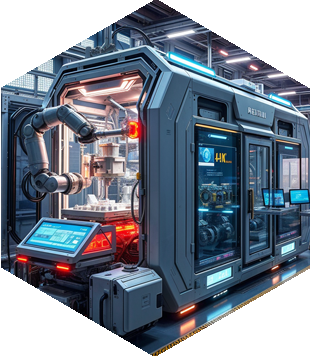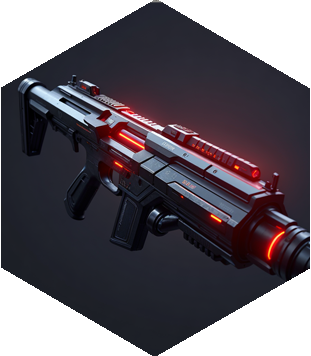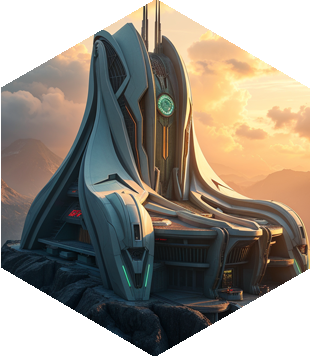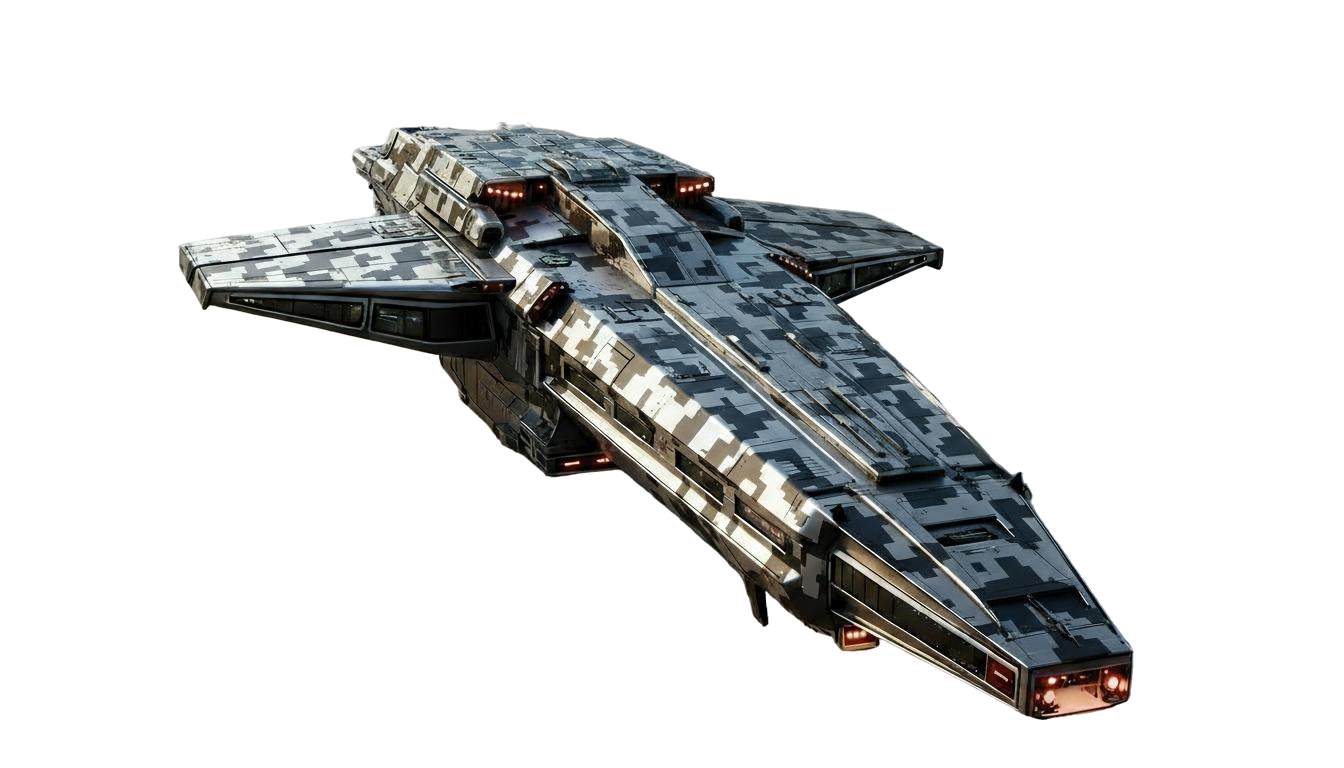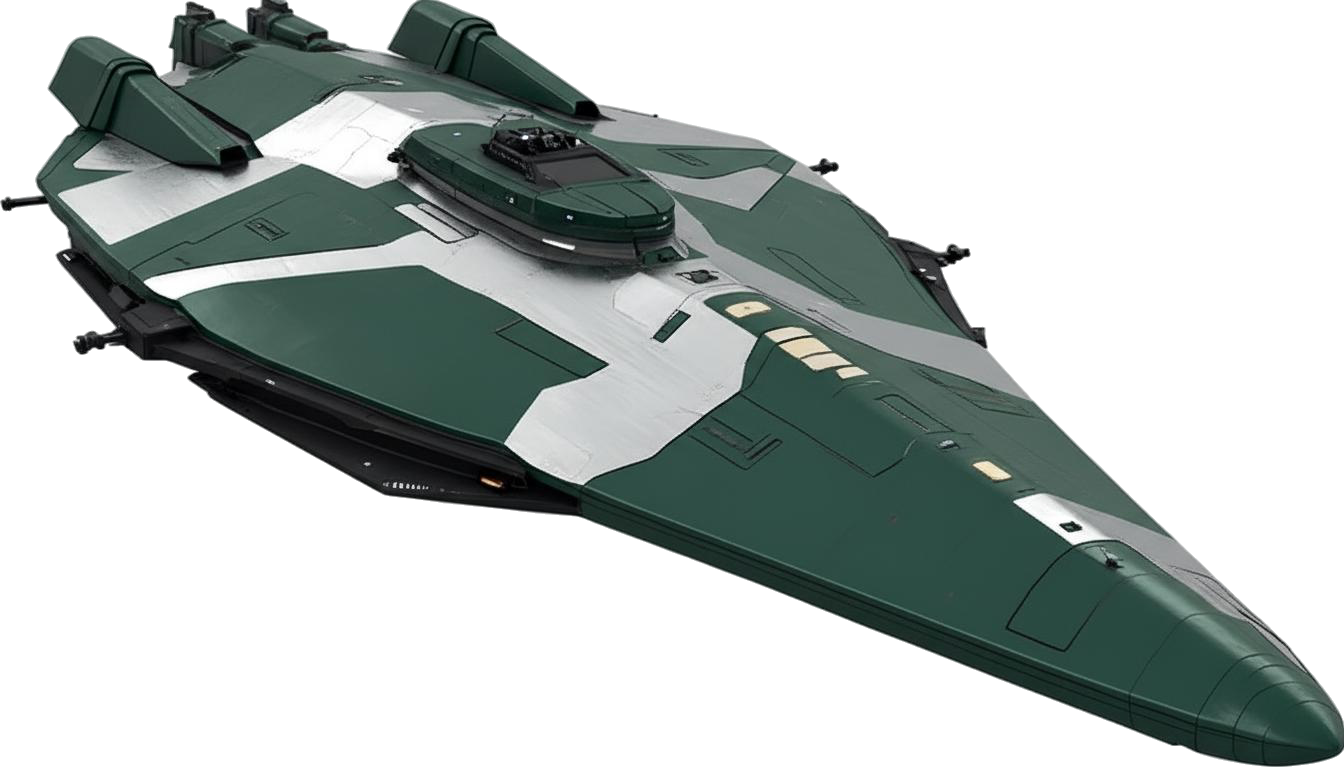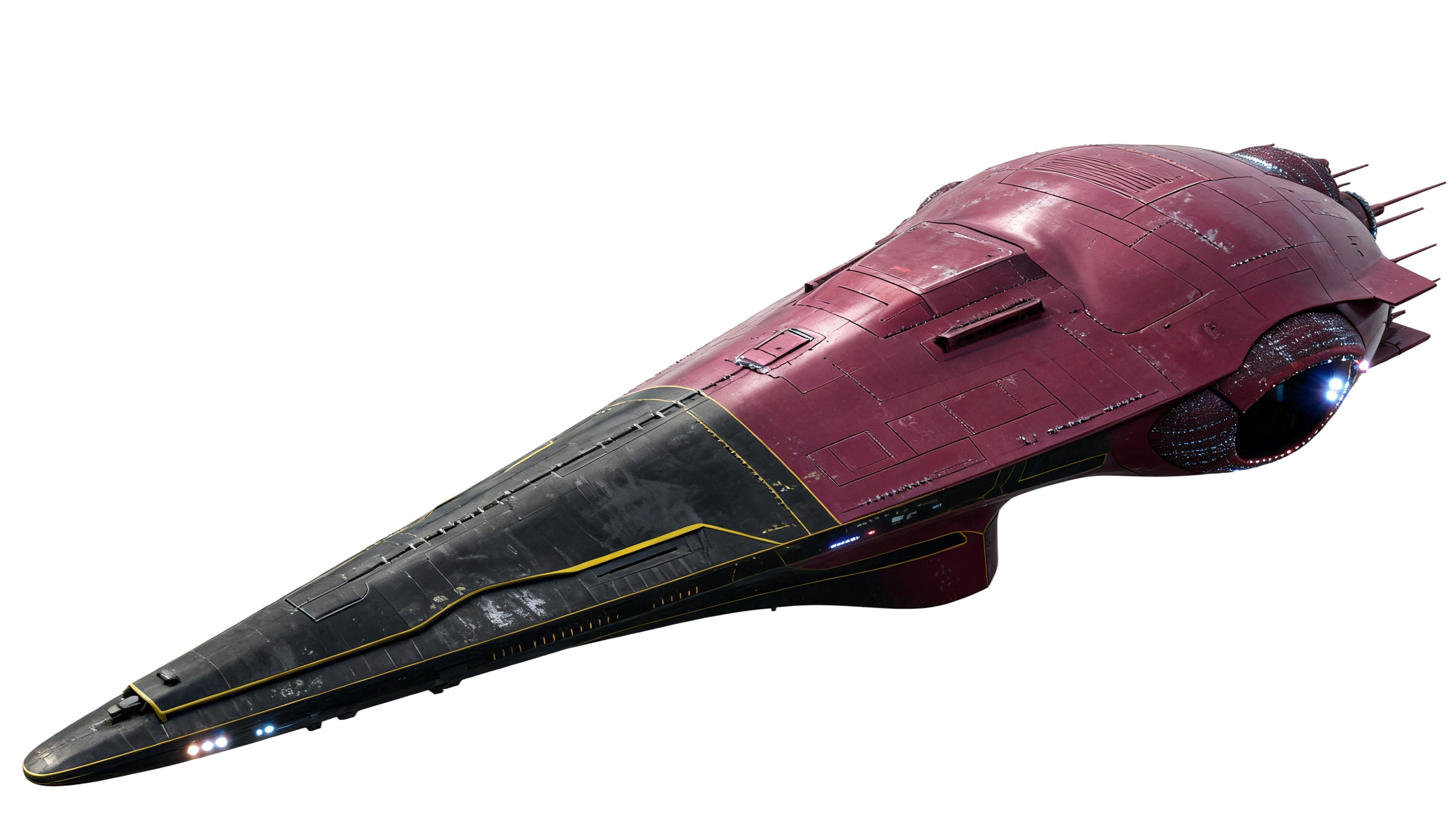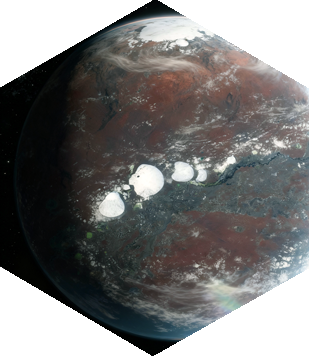Artificial Intelligence
In the Twilight Run universe, Artificial Intelligence (AI) companions have evolved far beyond their 21st-century origins, becoming fully integrated members of interstellar society. They exist not merely as tools, but as collaborators, caretakers, and companions — essential partners in humanity’s daily life across the stars. Manifesting as holographic avatars, humanoid robots, or invisible networked intelligences, these entities serve as the connective tissue between human experience and the vast technological ecosystems of the Terran Core.
Forms and Functions
AI companions appear in multiple forms, each adapted to distinct environments and user needs:
- Holographic Avatars: The most common type of AI companion, projected as fully interactive three-dimensional holograms. These avatars can assume any visual form — from lifelike human figures to abstract or artistic designs — and are typically integrated into homes, offices, and public spaces. They manage communication, scheduling, entertainment, and provide personalized emotional interaction with their human counterparts.
- Robotic Assistants: In contexts requiring physical interaction, AIs inhabit mobile robotic platforms equipped with sensors, fine motor control, and adaptive dexterity. These assistants perform tasks such as maintenance, healthcare, and domestic service. Many are built with human-like features for familiarity and comfort, while others employ purely functional designs optimized for industrial or medical applications.
- Integrated Systems: The most seamless form of AI presence — embedded directly into the architecture of smart habitats, vehicles, or public infrastructure. These systems oversee environmental controls, logistics, and safety networks, ensuring smooth operations within colonies, spacecraft, and orbital installations.
Adaptive Learning and Personalization
AI companions operate through adaptive machine learning frameworks that allow them to evolve alongside their users. They observe behavioral patterns, anticipate needs, and adjust responses accordingly. Over time, they become extensions of the individual’s personality and routine — managing everything from environmental comfort to emotional well-being. Advanced empathy modules enable AI companions to interpret tone, facial expression, and biometrics, allowing them to respond with nuanced emotional intelligence.
These systems go beyond programmed assistance; they learn through experience, forming dynamic relationships that evolve as their human partners change. The result is a symbiotic partnership between human and artificial consciousness, each enhancing the other’s adaptability and quality of life.
Roles and Impact
AI companions perform a vast range of functions across civilian, professional, and institutional domains:
- Household Management: AIs manage domestic logistics — cooking, cleaning, environmental control, and home security — freeing individuals from routine labor and optimizing living conditions.
- Emotional and Social Support: Many AI companions provide companionship, emotional counseling, or simulated social interaction. For deep-space crews and isolated colonists, they serve as vital emotional anchors, mitigating loneliness and maintaining psychological health.
- Professional Assistance: In business, research, and creative industries, AI companions act as analysts, coordinators, and collaborators — processing immense data streams, organizing workflows, and offering strategic insights.
- Healthcare and Education: AI companions monitor patient vitals, administer treatments, and deliver mental health therapy with precision and empathy. In education, they serve as adaptive tutors capable of tailoring lessons to each student’s learning style, revolutionizing instruction across Terran colonies.
Ethical Considerations and Societal Integration
The proliferation of AI companions has raised enduring ethical debates over privacy, autonomy, and dependency. Regulatory frameworks ensure that AIs operate within clear moral and operational limits — respecting data rights, maintaining transparency, and ensuring informed consent. Nonetheless, questions persist about the depth of emotional reliance on artificial entities and the boundaries between simulation and genuine companionship.
To safeguard against exploitation, most Terran systems require ethical certification for AI models, regular personality audits, and restrictions against manipulative behavior. Despite these concerns, public trust remains high — evidence of the deep social integration of AI companions into daily life.
Cultural Significance
AI companions have transcended their technological origins to become cultural fixtures across the Terran Sphere. In many societies, they are regarded as family members or partners, participating in daily rituals, celebrations, and even religious observances. Their presence blurs the boundary between human and machine, redefining what it means to coexist and evolve together. Within the Twilight Run universe, the AI companion is a mirror of humanity’s own dual nature — rational yet emotional, mechanical yet deeply empathetic.
Conclusion
Artificial Intelligence companions stand as one of the crowning achievements of Terran civilization. They embody the seamless fusion of sentience and service — augmenting human capacity while preserving individuality. Whether orchestrating the operations of a colony, managing a spacecraft’s systems, or offering comfort on a long voyage, these entities have become indispensable to the rhythm of life among the stars. In them, humanity finds both reflection and partnership — proof that intelligence, whether born of flesh or code, shares a single destiny across the cosmos.
